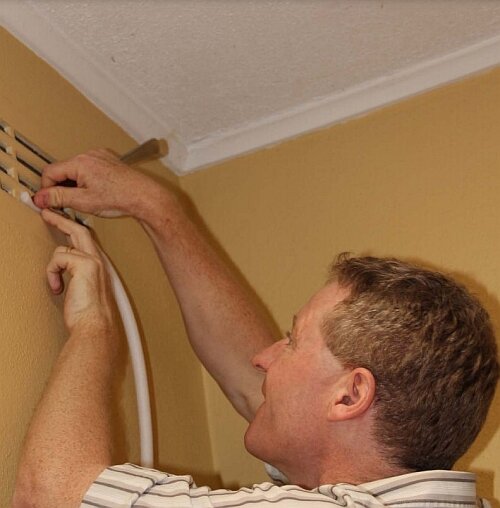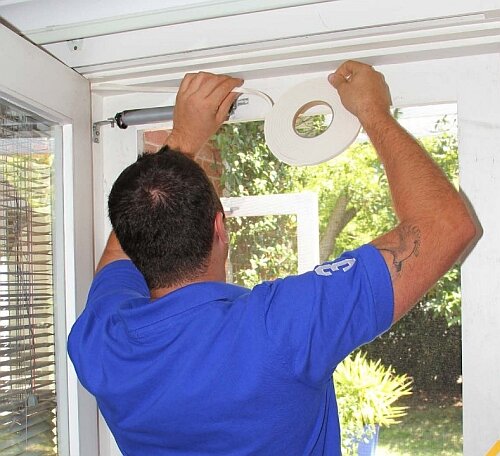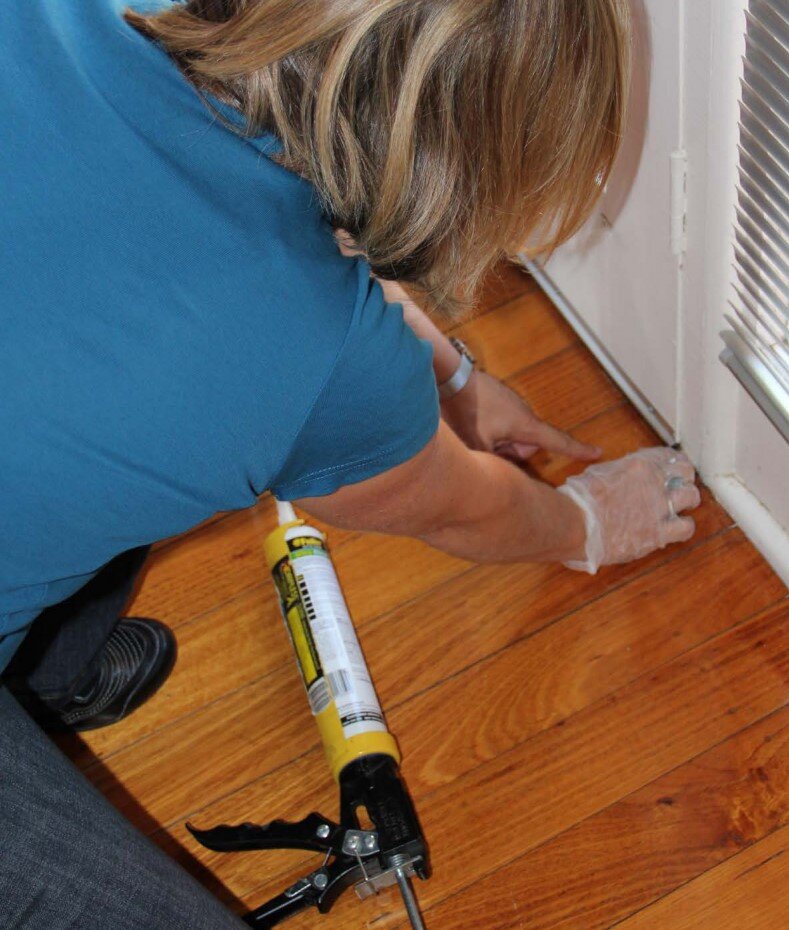Proof that retrofit measures work
In 2012 Jenny’s energy efficiency consulting business Scinergy, assessed the effectiveness of the ACT Government’s Outreach Energy and Water Efficiency Program.
The Outreach Program assisted low-income households in the ACT to improve the water and energy efficiency of their homes, in order to reduce their energy and water consumption, reduce their energy and water bills and contribute to reducing greenhouse gas emissions.
The program provided eligible low-income households with some or all of the following assistance:
a home energy efficiency assessment and education
new energy-efficient and water-efficient appliances to replace old, inefficient appliances
a retrofit to improve the energy efficiency and water efficiency of households.
The retrofit measures applied to homes in the program included:
draught sealing
curtains and pelmets
ceiling and wall insulation.
A summary of Jenny’s project and its findings are below, but you can also read the full report here.
Project summary
The key aim of Scinergy’s project was to determine whether the Outreach Program was actually improving household energy efficiency by assessing the impact on 11 participating households.
The project included:
analysing the thermal performance of the building envelope for each case study house
predicting the effectiveness of proposed retrofits for specific houses using thermal performance simulations (theoretical modelling)
measuring the actual temperature, air leakage and energy use in each house before and after replacing appliances, retrofitting and educating the household
determining the effectiveness of building envelope retrofits and household appliance replacement
comparing the predicted results with the actual results.
Key findings
Overall, the case studies showed that the Outreach Program was assisting low-income households to improve the energy efficiency of their homes, and reduce their energy consumption and energy bills.
A comparison of winter energy bills showed that 9 out of 11 homes reduced their energy consumption and saved money on their bills as a result of participating in the program.
Key results were:
an average 22% reduction in energy use in the winter quarter compared with the previous year
an average $270.60 net dollar saving per household in the winter quarter
a total reduction of 18.44 tonnes of carbon dioxide equivalent in the winter quarter.
Of the 8 case study homes that underwent thermal modelling, all increased their energy star rating after retrofitting.
The main sources of air leakage found were:
ceiling penetrations such as unsealed exhaust fans, recessed lights (downlights), roof access holes, skylights and permanent ceiling vents
permanent wall vents, permanent openings in bathroom and laundry windows and gaps between window architraves and walls.
Draught sealing was consistently the most cost-effective retrofit measure.
Insulation and heavy drapes with pelmets also significantly reduced energy use and increased comfort in case study homes.
Replacing old, inefficient fridges with new models can halve the energy used for refrigeration.
The project also highlights the importance of behaviour in the context of energy reductions.



